Air Raid to Al-Waleed (5)
The Story of Demolishing Fighters and the Equipment in Al-Waleed Triple Military Bases Known as H-3
2016-1-26
Air Raid to Al-Waleed (H-3)
The Story of Demolishing Fighters and the Equipment in Al-Waleed Triple Military Bases Known as H-3
By: Brigadier General Ahmad Mehrnia
Tehran, Sooreh Mehr Publications Company
2010 (Persian Version)
Translated by: Zahra Hosseinian
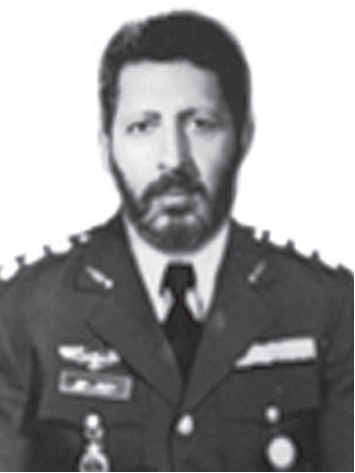
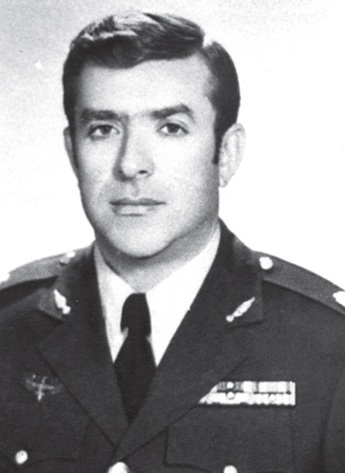
Second Brigadier General, Fereidoun Izadseta (Major) and Second Brigadier General, Bahram Hoshyar (Colonel)
In the one of deciduous fall nights, the idea of a feasible strategy occurred to Colonel Izadseta. He met Colonel Hoshyar early morning and happily asked him to go to command post along with Mr. Qeydian to explain once his interesting plot. Perhaps a few friendly and jokey words exchanged between them. Then, required coordination is done to meet with commanders.
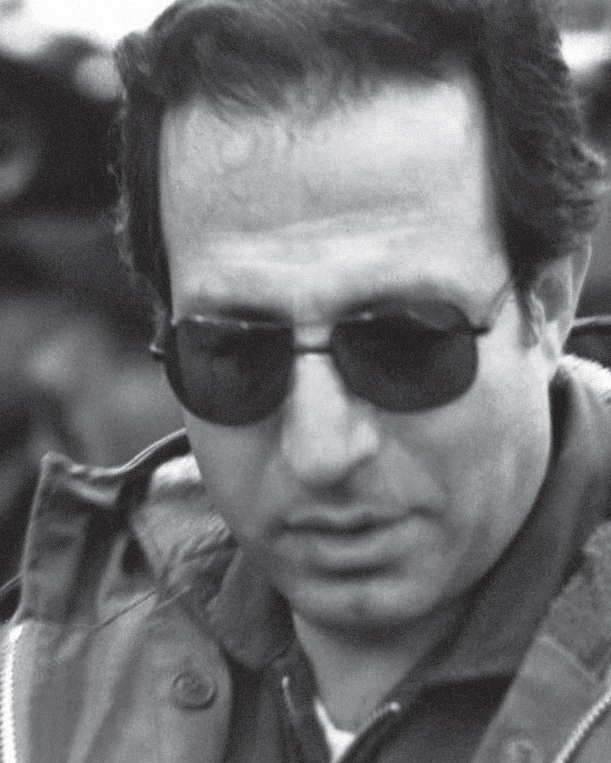
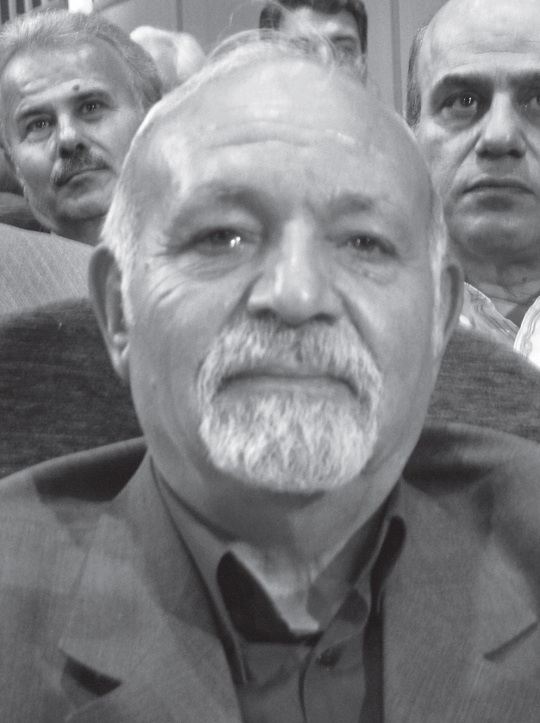
Brigadier General Javad Fkouri, commander of IRIAF and Colonel Mashallah Omrani
Despite many engagements[1], Fakouri happily accepted to meet the team. His successor, Colonel Mashallah Omrani, who also was of fighter pilots, was present in the meeting. During having breakfast, Fakouri considered the map carefully and listened to the new plan.
Izadseta said:
“Sir, we have examined different ways and reached the conclusion that although the closest path to the target is direct line from Hamadan Base with a distance of about 480 nautical miles[2] (890 km), its 315 KMs is inside our country, but will have no chance for crew’s returning, according to the flat land - which will facilitate discovering of bombers by radar - and powerful defensive layers of different types of balls and missiles, in addition to enemy’s fighters.”
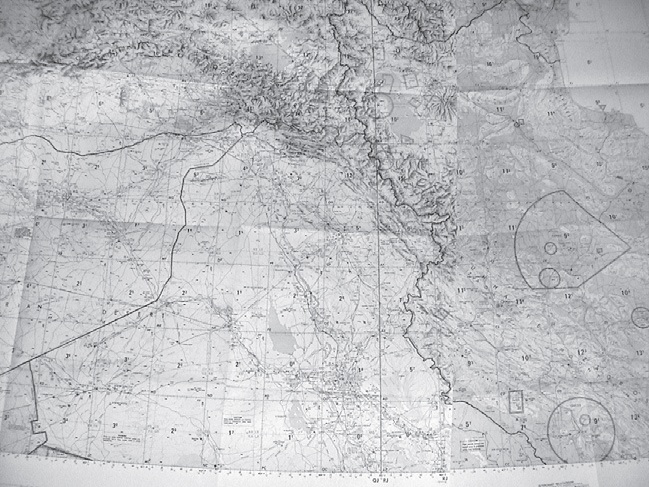
Map of direct route from Hamedan Air Base to the H-3 bases
Izadseta added:
“We have investigated another route from southern Iraq; from there we can enter enemy’s territory from Omidiyeh Air Base at the south of Abadan. And since it has a relatively softer defense, we continued to the West and North West to reach to the target. But there are two problems in this region: first, this distance is one hundred nautical miles (185 km) furtherer than the above rout. If the aircrafts flew from their bases at Bushehr, the length of this rout will come to 655 nautical miles (about 1225 kilometers), so that, this case will require at least twice refueling in enemy territory, which is impossible according to topology[3] of the region. Secondly, because of the absence of any natural effects and proximity to northern Kuwait, even if Iraqis’ radars can’t detect our flights at low heights, first radars of Kuwait and then radars of Saudi Arabia probably discover them and to inform the Iraqi forces. But the third way that I think will be the best way to influence, is deploying F-4 aircrafts from Hamedan Base to Tabriz Base and operate from there.”
Colonel Fakouri immediately reacted and said: “Deploying to Tabriz is not good.”
Mr. Hoshyar nodded and continued:
“We have the same opinion. But in this case, it will require heavier work; at least two tankers must supply the fuel of fighters/bombers from the South West of Tabriz and the closer to the border.”
Colonel Qassemian, deputy director of information, who was a discerning officer, explained that during the war the enemy's fifth column is always active, so deployment of several non-organizational aircraft to an active base, like Tabriz base, which has located in the city and many people can see and control their landing and taking off, is just like leaking out of operation and suggests that flights carry out in the Shahid Nojeh Base in Hamadan. Izadset again said:
“Therefore, we have to added two refueling operation near the border, that is south of Lake Urmia, which of course won’t be very troubling.”
He then continued:
“The proposed route is in the North West of the country and within border heights between Iraq and Turkey. Most of the route in the north has been included of impassable mountains, which significantly weakens the vision of enemy's radar. Since in this area there are not also any important facilities and equipment, we are a load off our minds about observer. For the major north-south of route, we will fly a little through the Syrian border, so Iraqi troops not to be suspected; but in this rout that its distance of going toward target and coming back from there, with having taken into account the rotations and remaining in the static period for refueling, is about 1,800 nautical miles (3,000 kilometers), we must coordinate with Syria until participated F-4 aircrafts in the operation reach to the target, after once refueling near the insider western borders, and land in the Damascus airport after bombarding, and then return home again at the right time.”
The first time the audience heard the Syrian name, thought that he mentioned it wrongly; but after noting to the need for coordination, they immediately opposed this idea seriously. Izadseta and Hoshyar in defense of this proposal, gave examples of information and financial assistances, and even provide facilities of Kuwait, Saudi Arabia and other countries in Iraq; but the Air Force commanding couldn’t accept such a demand. He said:
“This case is out of our jurisdiction and it is necessary to negotiate with political and superior authorities for coordination and I know that there is unlikely to be accepted such a request by them. On the other hand, although we and Syria have a good and close relationships, but in doing so, the Syrians actually will engage in this war and there is unlikely to respond positive. Also, the simultaneous arrival of a number of strange fighters to the capital will make the public opinion sensitive. This is not something to be hidden, you do have another thought. Be sure that you will get the result you want.”
All were happy in their hearts that a new, but uncertain way has been found; but they themselves also thought that the possibility of accepting of this plan is close to zero. On the other hand, commander-in-chief[4] and Imam must be informed of such a sensitive plan. The commander is almost certain that he also won’t have a favorable view.
Fakouri’s guess was right. When he raised the generalities of issue for authorities, he apparently didn’t accept the proposal and recommend that other resourceful to be thought, so there will be no need for coordination and cooperation with Syria. The result will be communicated to the Department of Operations. It was true, because in our lexicon ‘The goal does not justify the means.’[5] Therefore, we shouldn’t put the destiny of another country at risk for the sake of our purposes. It might even provoke the sensitivity of the Arab countries, because they were strongly committed to pan-Arabism or Arab unity.
[1]. At the same time of IRIAF commanding, Colonel Fakouri has been appointed to the Ministry of Defense and Supporting Armed Forces and had a great responsibility. He martyred in the accident of C-130 aircraft, which was occurred at 7th Mehr 1360 (September 29, 1981) near Tehran, along with Major General vli-allah Fallahi, Sayed Musa Namjoo, Ahmad Jahan- Ara, Yusuf Kolahdouz and the other fighters.
[2]. A nautical mile is a unit for measuring aerial distance and each of nautical miles is equal to 1/852 km.
[3]. Topology refers to the terrain, including ups and downs.
[4]. Until 20th Khordad 1360 (June 10, 1981), Seyyed Abolhassan Bani-Sadr, Iran's then-president, was the commander-in-chief. On the orders of Imam Khomeini, He was removed at the mentioned date.
[5]. "The goal does not justify the means" is a well-known interpretation of the book prince by Nicolas Machiavelli, Western thinkers on the subject of governance. He therefore has been frowned upon by most ethicists and politicians of the world, even Western countries; although, in practice, the same oppositions have always focused on his thoughts and applied politics in the same way.
Number of Visits: 7586








The latest
- Obstacles, Limitations, and New Horizons
- Third Regiment: Memoirs of an Iraqi Prisoner of War Doctor – 11
- 100 Questions/10
- The 23rd Commemoration Ceremony of the Martyrs of the Ansar al-Rasul Battalion Held
- A Narrative of Pakistani Pedestrian Pilgrims of Arbaeen in Sistan and Baluchestan
- Oral History Methodology/National Archives and Library Organization of Iran, Archives Research Institute
- Third Regiment: Memoirs of an Iraqi Prisoner of War Doctor – 10
- 100 Questions/9
Most visited
- Oral History News – Aban 1404
- Oral History Methodology/National Archives and Library Organization of Iran, Archives Research Institute
- 100 Questions/9
- Third Regiment: Memoirs of an Iraqi Prisoner of War Doctor – 10
- A Narrative of Pakistani Pedestrian Pilgrims of Arbaeen in Sistan and Baluchestan
- The 23rd Commemoration Ceremony of the Martyrs of the Ansar al-Rasul Battalion Held
- 100 Questions/10
- Third Regiment: Memoirs of an Iraqi Prisoner of War Doctor – 11
100 Questions/6
We asked several researchers and activists in the field of oral history to express their views on oral history questions. The names of each participant are listed at the beginning of their answers, and the text of all answers will be published on this portal by the end of the week. The goal of this project is to open new doors to an issue and promote scientific discussions in the field of oral history.The Importance of Pre-Publication Critique of Oral History Works
According to the Oral History website, a meeting for critique and review of the book “Oral History: Essence and Method” was held on Monday morning, November 10, 2025, with the attendance of the book’s author, Hamid Qazvini, and the critics Mohammad Qasemipour and Yahya Niazi, at the Ghasr-e Shirin Hall of the National Museum of the Islamic Revolution and Sacred Defense.Challenges of Interviewing in Oral History
After years of studying the theoretical foundations of oral history, conducting numerous interviews and going through their post-interview stages, as well as reading the available body of oral history literature, I was eventually given the opportunity to evaluate the edited versions of dozens of oral history projects.Comparing the Narratives of Commanders and Ordinary Combatants in the Sacred Defense
An Analysis of Functions and ConsequencesThe experience of the Sacred Defense cannot be comprehended merely through statistics or official reports; what truly endures from war are the narratives of those who stood upon its frontlines. These narratives, however, vary significantly depending on one’s position, responsibilities, and lived experience.


